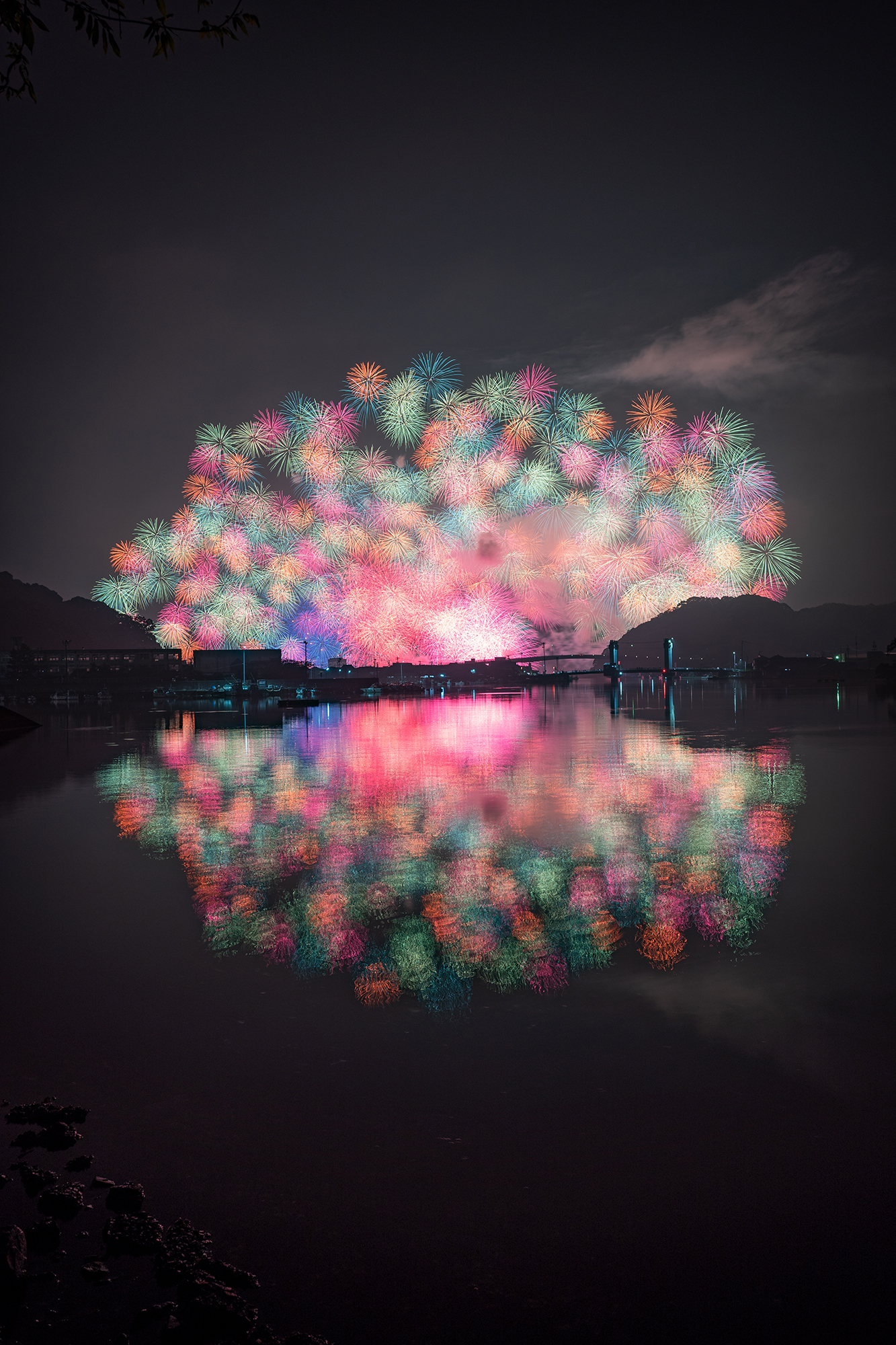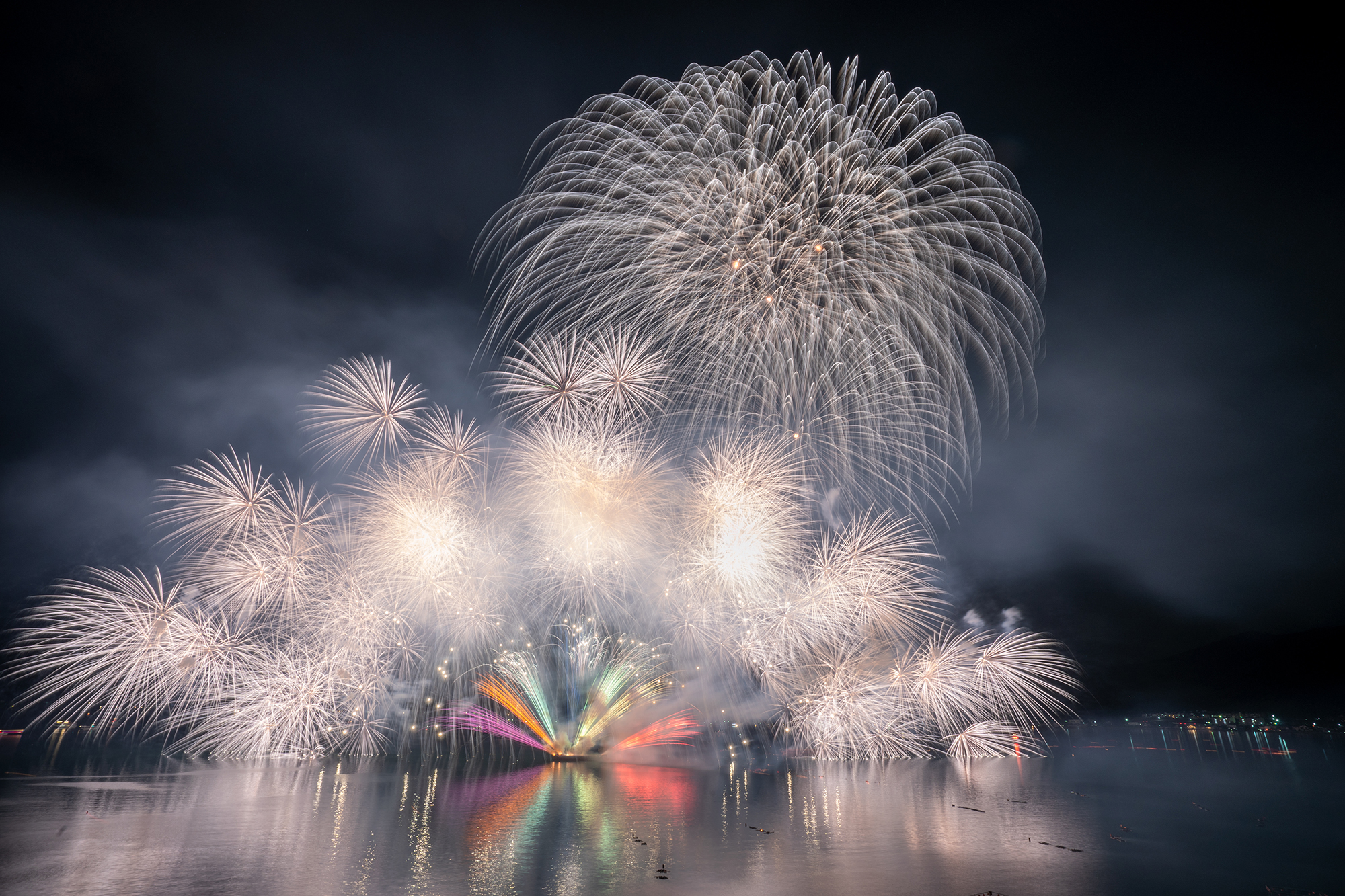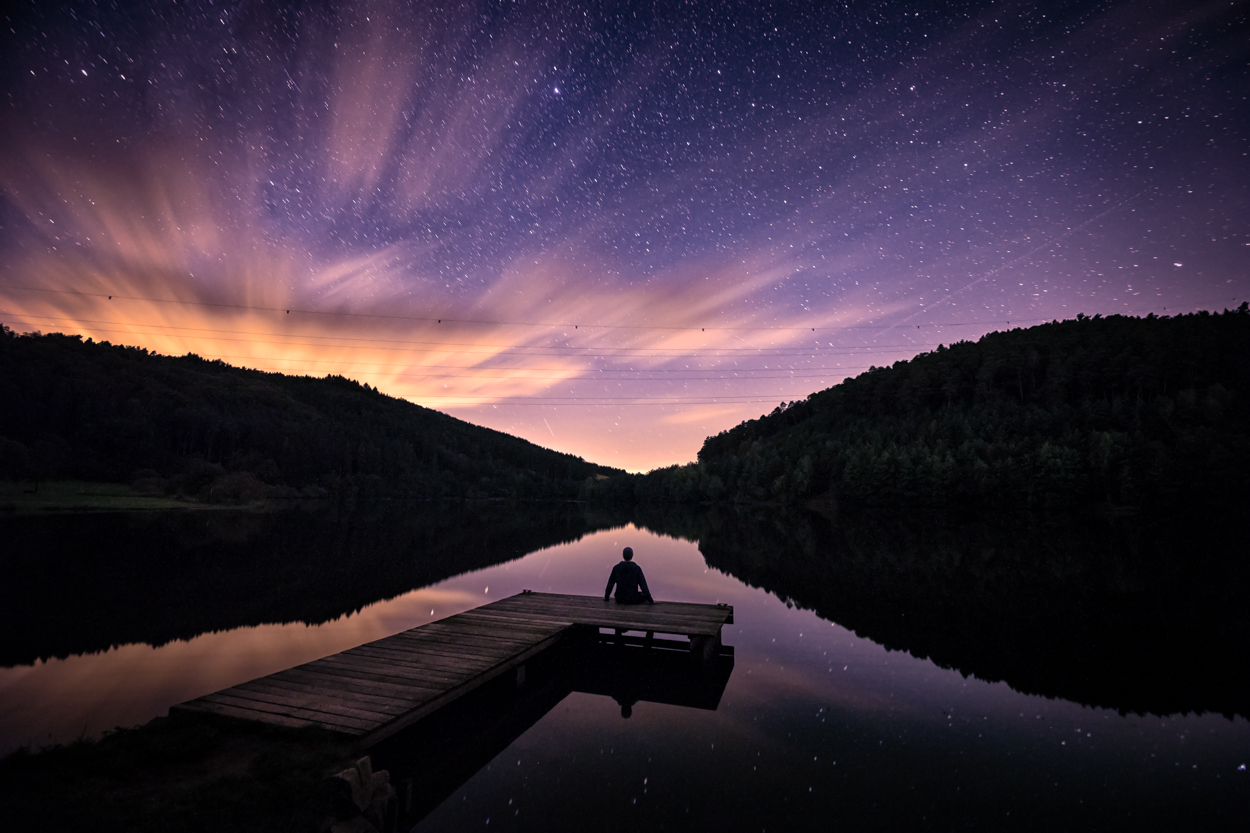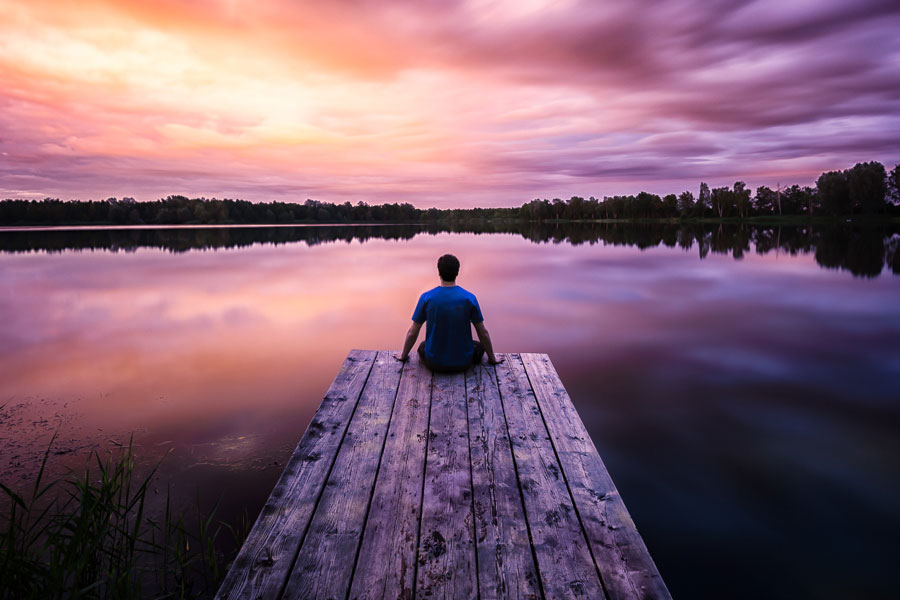
Nov 7, 2025
Fireworks in Focus – A Crash Course in Fireworks Photography
Fireworks captivate us: a moment full of color, movement, and light that exists for just one night — and often passes far too quickly. To capture this instant in a photograph, you need not only passion but also knowledge about equipment, camera settings, and composition. The following guide gives you a compact overview to help your fireworks photos succeed technically and stand out aesthetically.
Equipment – The foundation for strong images
To keep your camera from becoming a stumbling block in the dark, make sure you bring:
1. Tripod
Indispensable. Long exposures lasting several seconds require absolute stability.
2. Remote shutter / Remote control
Touching the camera can cause blur. A remote shutter (or the 2-second timer) prevents this. It’s especially crucial when using Bulb mode.
3. Wide-angle and telephoto lenses
A wide-angle lens (e.g., ≤ 35 mm) allows you to capture the entire fireworks display along with the surroundings.
A telephoto lens (from about 80 mm) reveals details — perfect lines, streaks, and color transitions.
4. ND filter (optional, for advanced users)
In very intense fireworks or simultaneous bursts, an ND8 to ND64 can help avoid overexposure and give you more control over the exposure.
5. Spare batteries, memory cards & light
Long sessions drain power and storage. A headlamp (preferably with red-light mode) helps you adjust settings in the dark without blinding your eyes.
Timing & Location – Planning your surroundings
Dark environment: Move as far away as possible from city lights and light pollution to let the fireworks stand out sharply against the dark sky.
Weather & wind: Clear, cloud-free nights are ideal, but a few gentle clouds can add depth to an image.
Composition with surroundings: Buildings, bridges, bodies of water, or tree silhouettes add context and visual tension. Reflections on water are especially striking.

Camera Settings – Manual with intention
Automatic modes often fail with sudden light and high dynamic range. Manual control is essential.
Mode & shutter
Work in manual mode and use Bulb mode to capture the entire sequence of the explosion.
Shutter speed
For single fireworks: 2–4 seconds
For volleys / “star mines”: 8 seconds or more
Open the shutter when the firework launches and keep it open until the light has fully faded.
Aperture (f-stop)
Ideal values are f/8 to f/11 — sharp, with good depth of field even at height.
ISO
Start at ISO 100–400 to minimize noise. If needed, increase gradually.
White balance & RAW
Use “Auto” or “Daylight” as a starting point. Shoot in RAW to make fine adjustments later. With multiple colors, corrections can be difficult if you only use JPEG.
Focus & Timing – Every second counts
Manual focus: Many cameras struggle in darkness. Set the focus slightly before “infinity” or use Live View with magnification to focus on distant objects.
Test shots: Take a few trial exposures beforehand to find the exact focus and optimal settings.
When to release the shutter?
If you hear the rockets lifting off, open the shutter and keep it open until all sparks have faded.
With many fireworks in succession: observe, anticipate, or use several short exposures and combine them later.
Image Composition – Tell a story with light
Composition techniques: Rule of thirds, centered subjects, leading lines — anything goes.
Use your environment: A striking building or bridge as a foreground silhouette adds depth.
Reflections: Fireworks over water create dramatic mirror effects.
Orientation: Use horizontal framing for wide-spreading fireworks; vertical for single firework blooms.
Advanced Techniques: Multiple Exposures & Stacking
If you want to capture many fireworks at once, take several shorter exposures instead of one long one and combine them in post-processing. This avoids overexposure and produces a denser, more controlled final image.
ND Filters for Overexposure
If overexposure occurs despite proper settings, use an ND filter. This helps reduce the incoming light and allows more refined control over light trails and colors.

Conclusion – From planning to the perfect shot
Fireworks photography is demanding, but with the right tools, settings, and a healthy dose of creativity, you can create exceptional images. Pay attention to your gear, make use of your surroundings, and experiment with exposure and composition. This is how you capture photos that are more than mere snapshots — they tell light-filled stories of the night.

